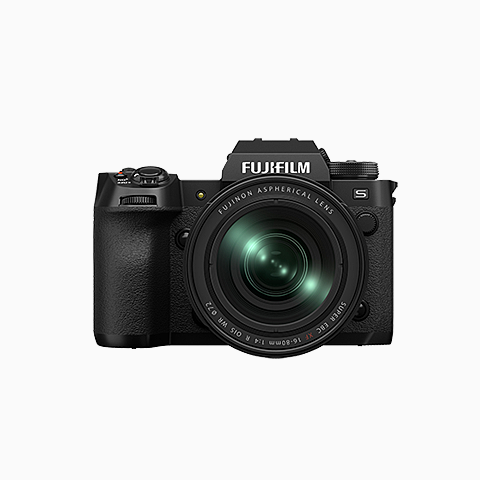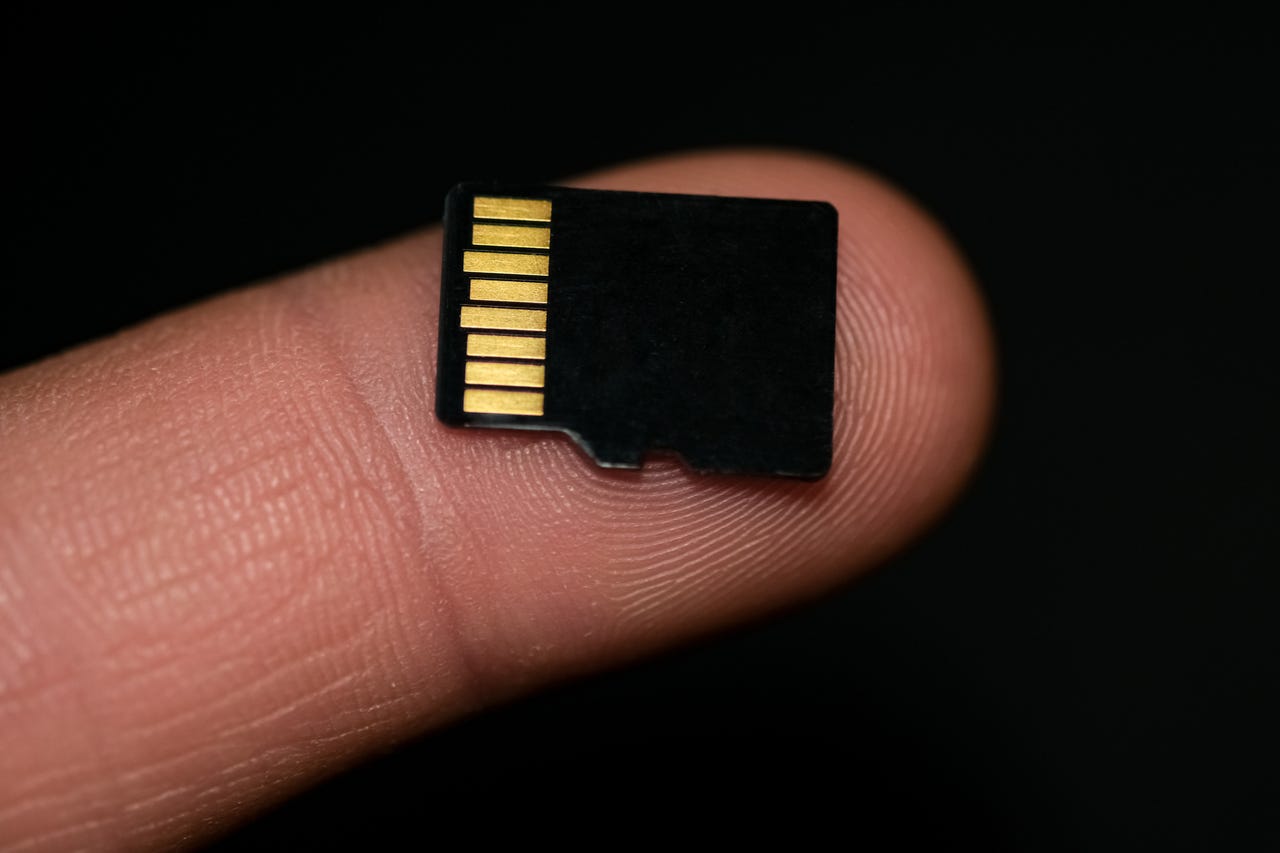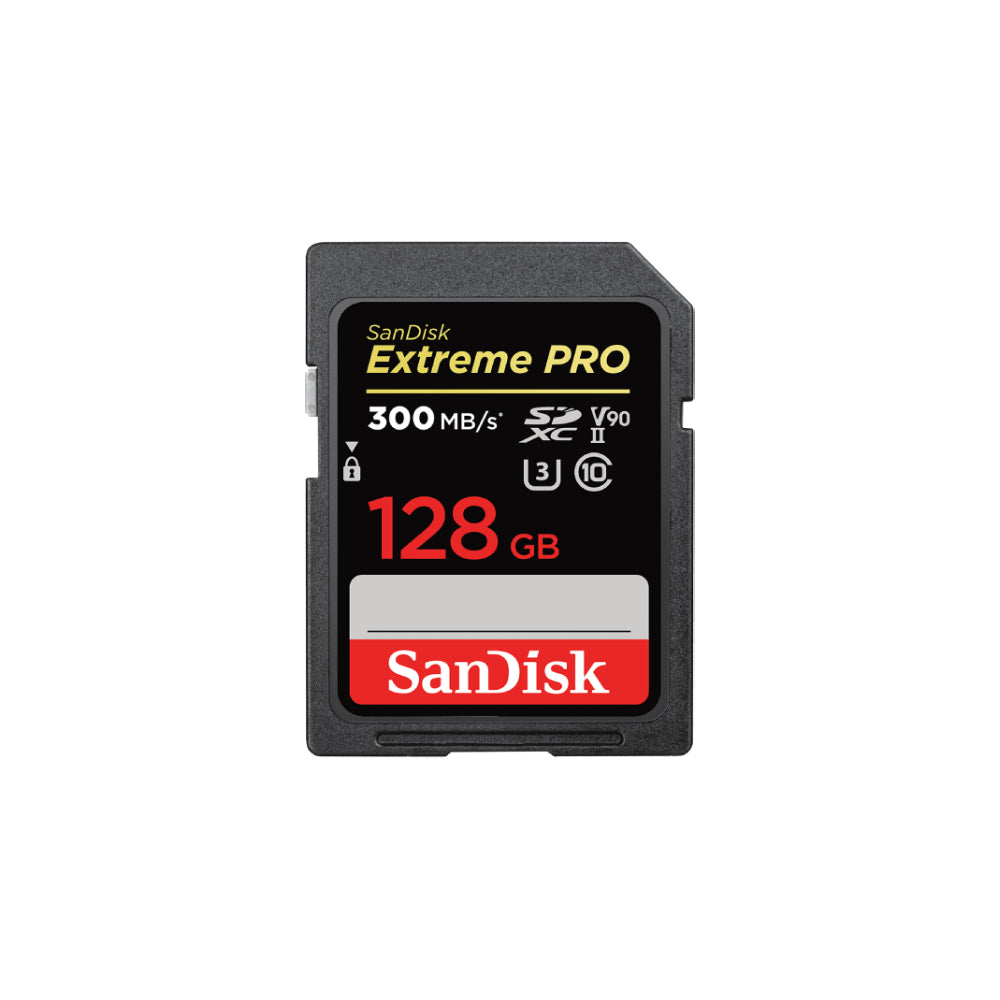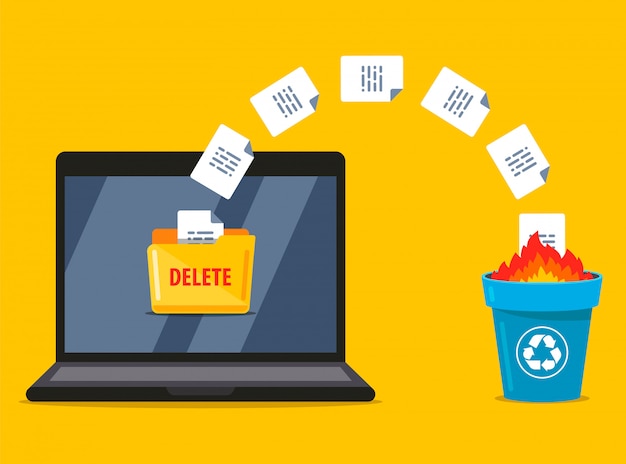
Photo byalessandrodc onPixabay
## Introduction to Digital Camera Recovery
In the digital era, cameras have become an essential part of our everyday life. Be it a professional photographer or a casual clicker, we all understand the emotional value attached to each photograph and video we capture. But what happens when you accidentally delete a precious video or lose it due to a technical glitch? That’s where digital camera recovery comes into play.
Digital camera recovery is a specialized process aimed at retrieving lost or deleted photos and videos from digital cameras. This process can be a lifesaver when you lose valuable memories or essential work-related videos. With the right set of tools and knowledge, one can recover lost data without much hassle.
However, the process is not as simple as it sounds. It requires a certain level of technical understanding and careful execution. But fear not, this guide is designed to walk you through mastering digital camera recovery, helping you retrieve all your lost or deleted videos effortlessly.
Understanding the Causes of Lost or Deleted Videos
Understanding the reasons behind your lost or deleted videos is the first step towards successful data recovery. The causes can be broadly categorized into two main types: accidental deletion and technical issues.
Accidental deletion is a common cause of video loss. It can happen when you unintentionally press the delete button, format your camera’s memory card without backing up the data, or when the data gets overwritten. The good news is, even if you deleted the videos, they are not completely lost and can be recovered with the right tools and methods.
Technical issues, on the other hand, are a bit more complex. Hardware failure, software corruption, virus attacks, or issues with the memory card can lead to video loss. In such cases, it’s crucial to stop using the camera or the memory card immediately to prevent further data loss and start the recovery process as soon as possible.
The Importance of Data Recovery in Photography
Data recovery in photography is of utmost importance. The moments we capture in our cameras are not just images or videos; they are memories, creative expressions, and sometimes an essential part of our livelihood. Losing such valuable data can be heart-wrenching, and that’s why understanding and implementing data recovery is crucial.
Data recovery allows us to retrieve lost or deleted videos and photos, helping us safeguard our memories and work. It can save us from the regret of losing precious moments and the hassle of redoing professional shoots. Additionally, it helps maintain our devices’ health by fixing potential issues that could lead to data loss.
Moreover, learning about data recovery equips us with the skills to handle such situations efficiently in the future. It helps us understand the importance of backing up data and shows us how to prevent data loss in the first place.
Step-by-step Guide to Recover Lost or Deleted Videos
Recovering lost or deleted videos is not rocket science if you follow the right steps. Here is a step-by-step guide to help you through the process:
- Stop using the camera or memory card immediately after realizing you’ve lost the videos. This prevents overwriting of the deleted data, increasing the chances of successful recovery.
- Connect your camera or memory card to a computer using a card reader.
- Download and install a reliable data recovery software like RecoveryMaster.
- Launch the software, select the camera or memory card, and start the scanning process.
- Once the scan is complete, preview the recoverable files, select your lost videos, and click ‘Recover’.
- Save the recovered videos to a safe location on your computer, not back to the camera or memory card.
Remember, the recovery process might vary slightly depending on the specific recovery software you use. However, the basic steps remain the same.
Best Practices for Preventing Data Loss
Prevention is always better than cure, and the same goes for data loss. Here are some best practices you can follow to prevent data loss in the future:
- Regularly back up your photos and videos to an external storage device or cloud storage.
- Use reliable and high-quality memory cards.
- Avoid using the camera when the battery is low.
- Regularly update your camera’s firmware to fix potential bugs.
- Safely eject the memory card from the camera and the card reader from the computer.
- Use antivirus software to protect your camera and computer from virus attacks.
Following these practices can significantly reduce the chances of losing your precious photos and videos.
Decoding the Process: How Digital Camera Recovery Works
You might be wondering, how does digital camera recovery work? When you delete a video from your camera, it’s not immediately erased from the memory card. Instead, the space it occupied is marked as available for new data. Until the space is overwritten by new data, the deleted video can be recovered.
Digital camera recovery software like RecoveryMaster scans the memory card for these ‘available’ spaces and retrieves the data that was there before. However, if the space has been overwritten, the chances of successful recovery reduce significantly. That’s why it’s crucial to stop using the camera immediately after realizing you’ve lost data.
Top Tools for Effortless Digital Camera Recovery
There are various tools available for digital camera recovery, but one that stands out is RecoveryMaster. It is the best data recovery software for Windows and Mac. RecoveryMaster can recover lost or deleted photos, videos, and other 1000+ files from various devices like HDD, USB, SD Card, crash computer, and more.
RecoveryMaster is user-friendly, fast, and reliable. It offers a preview feature, which allows you to see the recoverable files before recovery. This makes the recovery process efficient and hassle-free. Moreover, it’s safe to use and respects your data privacy.
Expert Tips for Mastering Digital Camera Recovery
Mastering digital camera recovery requires practice and patience. Here are some expert tips to help you along the way:
- Always have a data recovery tool installed on your computer, ready to be used when needed.
- Regularly update your recovery software to get the best results.
- Don’t panic if you lose your videos. Hasty actions can lead to more data loss. Stay calm, evaluate your options, and proceed with recovery.
- Always save the recovered videos to a safe location on your computer, not back to the camera or memory card.
- If the recovery process fails, try again. Sometimes, it takes multiple attempts to successfully recover the lost data.
With these tips in mind, you can master digital camera recovery and handle data loss situations like a pro.
Seeking Professional Help: When to Consider Data Recovery Services
While DIY data recovery can be effective, there are situations when it’s best to seek professional help. If you’re dealing with severe issues like physical damage to the memory card, complex technical errors, or if the DIY recovery process fails multiple times, it’s time to consider data recovery services.
Professional data recovery services have advanced tools and expertise to handle complex data loss situations. They can perform in-depth analysis and recovery, ensuring the best possible results. However, make sure to choose a reputable service that values your data privacy.
Conclusion: Embracing Digital Camera Recovery as a Safety Net for Your Memories
Mastering digital camera recovery is not just about retrieving lost or deleted videos; it’s about safeguarding your precious memories and professional work. Whether you’re a professional photographer or a casual user, understanding the basics of data recovery can be a game-changer.
Remember, the key to successful digital camera recovery is prompt action, the right tools, and careful execution. Embrace digital camera recovery as a safety net for your memories and stay worry-free. And when it comes to the right tools, RecoveryMaster is your best bet. It’s reliable, efficient, and user-friendly, making the recovery process effortless.
Don’t let the fear of data loss hold you back from capturing beautiful moments. Equip yourself with the knowledge of digital camera recovery and keep clicking!




Leave a Reply